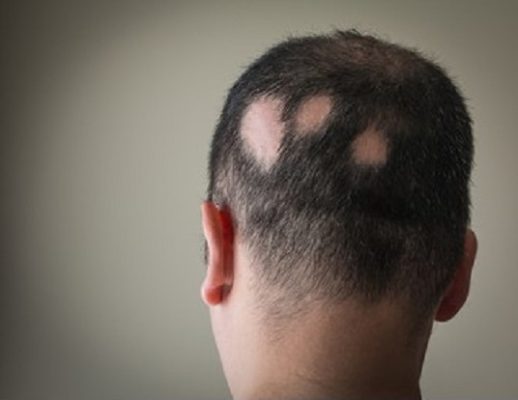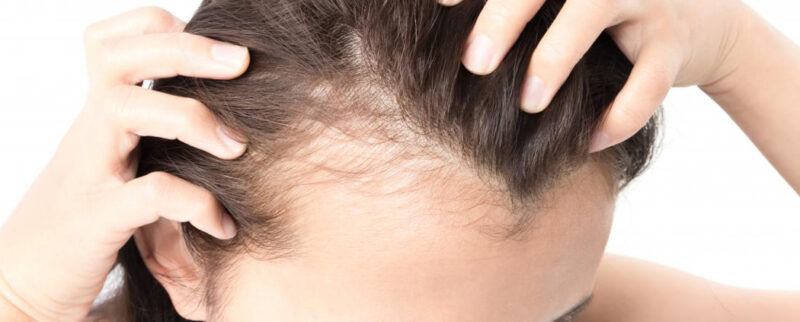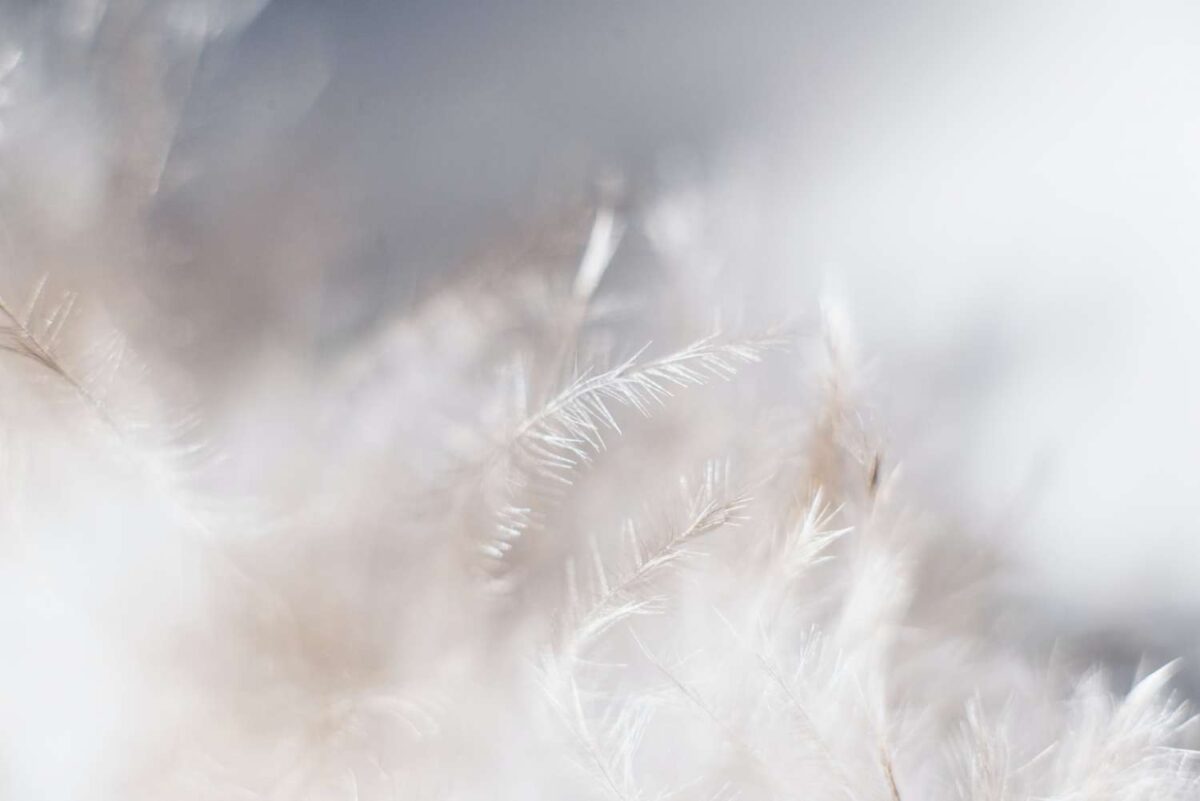Alopecia Indralupta
Alopecia Indralupta Areata is an acquired skin disease.
Current studies suggest that alopecia is caused by an abnormality in the immune system.

Most cases are usually reversible with treatments and a few correcting factors.
The Modern View of Alopecia:
Two types:
- Scarring N
- on-scarring
On the basis of distribution, it is classified as follows:
Alopecia areata:
Alopecia is sometimes associated with other autoimmune conditions such as allergic disorders, psoriasis, thyroid disease, lupus, vitiligo, rheumatoid arthritis, and ulcerative colitis. Rarely does it show the role of genes where the condition runs in families? However, other causative factors may also be associated with the condition.
Diffuse Alopecia:
The most common pattern is one or more well-defined spots of hair loss on the scalp and even on the chin area. Sometimes there is a general thinning of hair called diffuse alopecia areata which occurs all over the scalp.
Alopecia Total:
Sometimes, all of the hair on the scalp is lost, a condition known as alopecia totalis.
Alopecia Universalis:
Concept of Indralupta for Alopecia in Ayurveda:
Diagnosis of Alopecia in DAD Ayurveda:
Since there are many treatable conditions that can be confused with alopecia areata, one should diagnose the condition by considering the characteristic finding of alopecia areata that is either a well-circulated area of normal hair growth or normal hairless skin. with areas. Ayurveda explains the involvement of Vata and Pitta with mucus and blood.
Other findings that may be helpful are the presence of short hairs that possibly represent split hairs, pale areas of skin deposits at the follicular pore, small thinning hairs, and gray hairs all present in a balding area.
Other causes of hair loss are generally excluded from consideration by history and clinical evaluation, such as chemotherapy, and other hormonal treatments that may cause hair loss.















